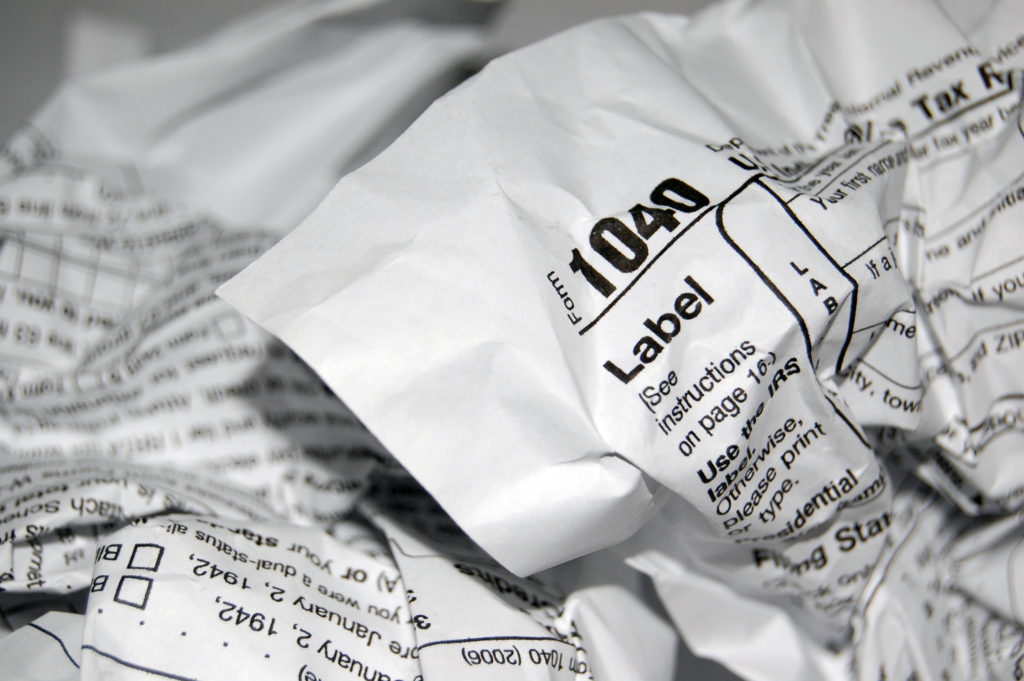How to Make This Your Last Miserable Tax Season


Today’s tax practitioners are burned out like never before and their services continue to be seen as commodities by most of their clients.
Tax season was bad enough before the pandemic. It has always been a siloed practice area within traditional CPA firms and required preparers to rely on workpaper tools designed primarily for auditors.
For firms focused on compliance, tax work begins at the end of the year when accountants reach out for volumes of details from clients. They collect trial balances and the requisite supporting details. They may do tax projections before year-end, but the real work happens from January to April (and continues through much of the year thanks to extensions.) As a result, both tax professionals and their clients anticipate the beginning of each year with dread.
Covid Crunch
Members of the tax department are used to the exhaustion of long hours thanks to workload compression, staff shortages, frequent changes in tax law, and automation challenges. But Covid made “tax season” a multi-year blur of exhaustion. Tax professionals took the lead in applying many of the Covid relief provisions on behalf of their clients. While critical to the life of many businesses, these relief provisions were released without details from either federal or state authorities.
And while clients were trying to figure out how to stay afloat, applications, qualifications, and deadlines changed daily. Tax treatment rules changed as well. Then there were the forgiveness provisions. Payroll information was needed, credits had to be claimed and on and on.
At the same time, the IRS was overwhelmed in trying to provide funds that were mandated by those provisions. As a result, While all of this is going on, these exhausted practitioners are being told to change the way they operate; they are told they need to make the transition to advisors who can help their clients achieve their business goals. It’s a wonder any of us are still doing tax work.
The Good News
While the traditional accounting profession application vendors have been slow to innovate or to offer tools that make tax season better or even to move to the cloud, new companies have begun to make significant advances in applied automation that offers hope to the exhausted survivors of one too many tax seasons.
Many tech companies have helped offer firms practice automation, including Keeper.app and BQECore which help practitioners manage capacity and deadlines. But there is the still the business of getting the returns done.
There are a number of tools that offer automation promise to preparers of individual tax returns and their clients, including client collaboration providers like Liscio who makes it easier for clients to capture and share their tax related information right from their phone and SurePrep who offers scan and populate solutions.
When it comes to business tax return preparation, there hasn’t been much help. While solutions like MindBridge and Validis offer the auditor electronic access to client data and visual insights for audit purposes, the tax team was dependent on desktop workpaper applications tied to their client’s trial balance. Tax practioners and their clients are still left with long checklists requesting volumes of information needed at the end of the year.
But now there’s even more hope. It’s in the form of a new tool, originally designed by a CPA for his own firm, that promises specifically to help exhausted tax teams:
- Simplify the workflow for business tax preparation
- Provide advisory support to business clients all year
- Elevate the value of the insights they can offer their clients
Originally called BacoTech, and recently renamed Once Accounting, this solution offers accountants a single place to manage client’s books, regardless of the underlying accounting package. When client accounting data is gathered, the tax pro can then review the data (scrubbed and mapped with the help of AI automation), create book to tax adjustments (which can be posted to client books or not), and then send client adjusted data directly to the tax return.
Account discrepancies are highlighted, and notifications can be sent to the preparer. With a system in place to organize transactional data in a way that works, you will have more time to provide higher level services.
Thanks to that direct connection to client accounting systems, all the details are immediately visible to the tax professional and can be discussed with the client each month. That means new opportunities to deliver advisory support and no yearend crunch to gather data.
As you meet with your clients each month to review their financial results, you will have the opportunity to ask questions like
- Where do you go to see how your business is doing each day?
- Do you have a strategic plan?
- Does your Chart of Accounts provide you the insights you need in your business?
Once your tax season crunch no longer exists, you will be free to become a year-round partner in your client’s business success. That means better value for your clients and a better life for you and your teams.
It’s time to get the help you need to finally put your clients at the center of your practice, free your staff from low value work, and find the capacity to make an impact on the lives of your clients.

